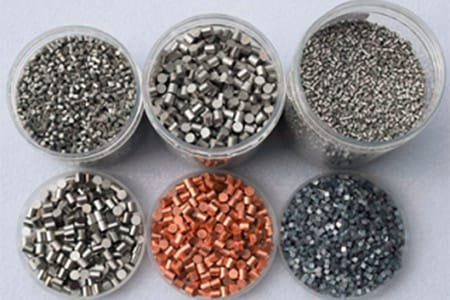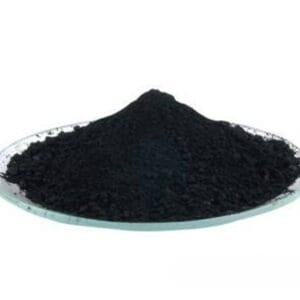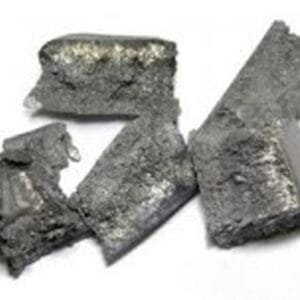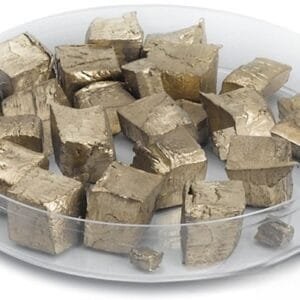| Material Type | Permalloy® † |
| Symbol | Ni/Fe/Mo/Mn |
| Melting Point (°C) | 1,395 |
| Theoretical Density (g/cc) | 8.7 |
| Ferromagnetic | Magnetic Material |
| Z Ratio | **1.00 |
| E-Beam | Good |
| Thermal Evaporation Techniques | Boat: W Crucible: Al2O3 |
| E-Beam Crucible Liner Material | Fabmate®‡ |
| Temp. (°C) for Given Vap. Press. (Torr) | 10-8: 947 10-6: 1,047 10-4: 1,307 |
| Comments | Film low in Ni. |
Permalloy Evaporation Material
TFM offers high-quality Permalloy evaporation material, specifically designed for thin-film deposition applications requiring superior magnetic properties. Permalloy, an alloy primarily composed of nickel (Ni) and iron (Fe), is known for its excellent magnetic permeability, low coercivity, and high saturation magnetization, making it an ideal choice for magnetic films in electronics and sensor technologies.
The evaporation process allows for the precise deposition of Permalloy thin films, which are extensively used in magnetic recording devices, high-frequency components, transformers, and magnetic shielding applications. These films exhibit enhanced magnetic performance, making them ideal for use in inductive components, magnetic heads, and sensor applications where high sensitivity and low noise are crucial.
Permalloy evaporation material is widely used in the manufacture of magnetic layers for high-performance devices, including hard drives, magnetic sensors, and magnetic memory devices. Its low coercivity allows for easy magnetization and demagnetization, making it highly suited for data storage applications. Additionally, Permalloy-based thin films are used in electromagnetic shielding due to their ability to effectively block unwanted electromagnetic interference (EMI).
TFM provides customized Permalloy evaporation materials, ensuring precise control over composition and purity to meet the specific needs of advanced deposition processes. These materials are carefully crafted to ensure optimal evaporation performance, producing high-quality, uniform films for next-generation magnetic devices.
Our Permalloy evaporation materials are manufactured to the highest standards, offering consistent performance and reliable magnetic properties. With low impurity levels, high density, and optimized evaporation characteristics, TFM’s Permalloy materials are perfect for producing high-performance magnetic films in applications requiring superior magnetic properties.
Permalloy Alloy Pellet Details
TFM offers high-purity Permalloy pellets, pieces, and powder with a purity of 99.9%, ensuring top-quality performance for specialized industrial applications.


 MSDS File
MSDS File



Reviews
There are no reviews yet.